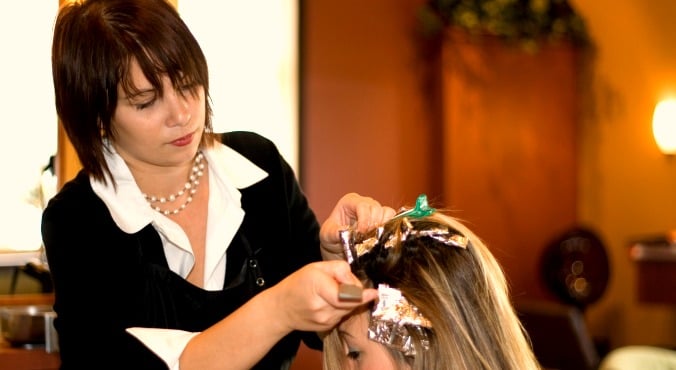
Image via Wikimedia
There have been concerns surrounding hair dye and carcinogens for decades. In the 1970s, certain chemicals present in hair dyes were found to be cancer-causing, which prompted several countries to ban them and cosmetics companies to adapt their formulas.
It seems those concerns may still be valid. A study published this week suggests carcinogens – agents directly involved in the development of cancer – may be present in permanent hair dyes and chemicals used for hair curling treatments.
Swedish researchers examined blood samples from 295 female hairdressers, 32 people who regularly use hair dye, and 60 ‘control’ people, measuring the levels of eight potentially carcinogenic aromatic amines.
They found hairdressers had the highest exposure to compounds called toluidines, which have been linked to bladder cancer and are banned from cosmetic products in the European Union.
The levels of ortho-toluidine and meta-toluidine in the hairdressers’ blood samples appeared to increase with the frequency of permanent hair dyes and perms they did each week.
“Hairdressers who use light-colour permanent hair dyes, other permanent hair dyes and hair waving treatments seem to be exposed to o- and m-toluidine as indicated by associations with the number of treatments performed,” the study’s authors write.
Perms and permanent dyes might not be the only possible source of cancer-causing compounds. As TIME reports, the popular Brazilian hair straightening treatment has been previously linked to the carcinogen formaldehyde.
The study’s authors speculate that toluidines can find their way into modern hair products via contamination during the production process. They believe more research into perming and dyeing products is needed to find out exactly what causes the increased exposure to these compounds.
As a protective measure, hairdressers are advised to wear protective gloves while handling and applying dye, and to complete any tasks where gloves can’t be worn (eg. cutting the hair) before colouring the hair.
You can read more about the study here.
